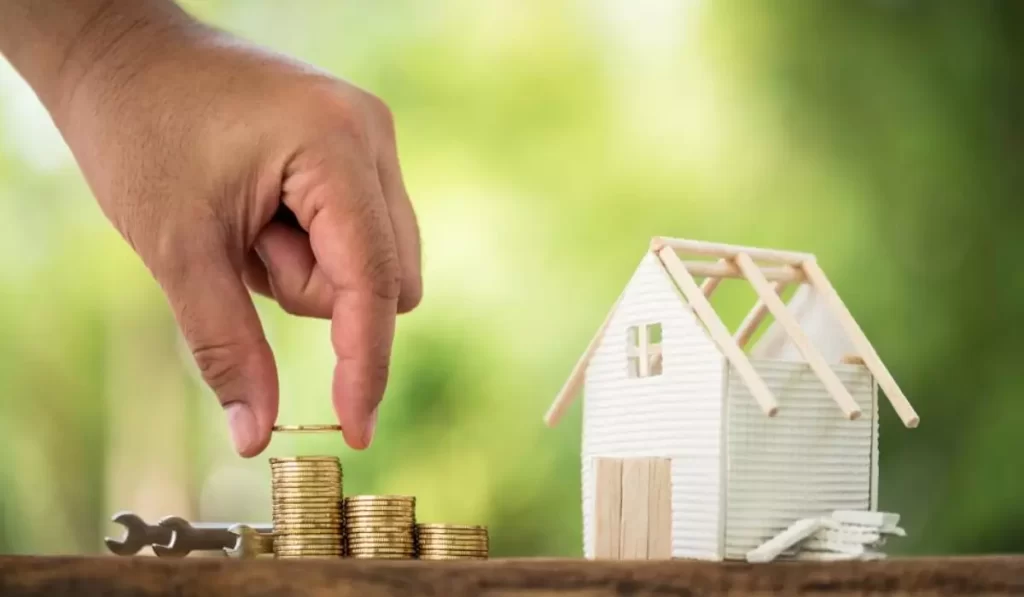
If you have been considering refinancing your existing mortgage, you may be wondering what factors to consider. These are the interest rate and payment you’ll need to consider. Refinancing is a great way to get the money you need to make improvements on your home. However, this method does come with a few risks. Before you do it, you should consider your current situation and goals for the loan. You may want to wait until your credit score improves.
Personal loans are the most common type of home improvement loan. These loans provide up-front funds and can last anywhere from one to 15 years. You’ll have to make regular payments for the loan to pay off. Personal loans are unsecured loans that don’t require collateral. They’re also a great option for a variety of home projects, like remodeling a kitchen or adding a bathroom. You could even use this money to install solar panels or replace your roof.
Home improvement loans are often paid back in fixed monthly installments, which include the interest and principal of the loan. However, you’ll be paying back more than the loan’s original amount, which means you might need it for an emergency project. Another option is a home equity loan, which allows you to tap into the equity in your home to pay for your renovation. However, be aware that a home equity loan may be a better option for people with less-than-perfect credit.
Before you apply for a home equity loan, be sure to research your options. Not all personal loan lenders are created equal. Some charge fees and prepayment penalties, while others focus on people with excellent credit. It’s best to take your time and shop around for the lowest APR to make the most out of your home improvement loan. If your home improvement project is expensive, home equity loans may be a better choice. There are a number of other factors to consider when choosing a home improvement loan.
Before deciding to apply for a home equity loan, consider the risks involved. If you’re unsure whether you have the credit for a large home improvement project, you can always look into credit card options. Many new credit cards offer a 0% introductory financing rate. This is a great option for many home improvement projects. Keep in mind, however, that the 0% financing rate will expire after the promotional period, so make sure you pay off the card before the promotion expires.
While home equity loans may be a great option for some home improvement projects, they do come with a few risks. You may be able to get a higher loan amount than you could with a personal loan, but you’ll have to pay more interest. It’s a great way to finance larger home improvement projects, but the process is usually longer than an unsecured personal loan. Be sure to plan your budget before applying for a home equity loan to make sure you don’t overspend.








